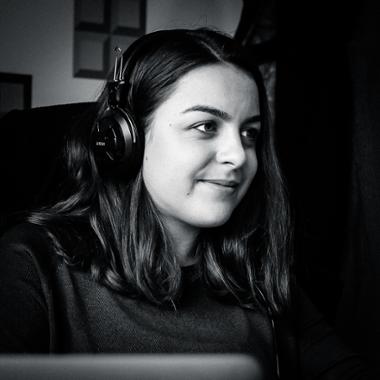Extensive support.
For scientists & developers.
-
Context-sensitive help & user guides
The software packages for The Virtual Brain contain user guides as PDF files (for users, developers and contributors). These can be found in the "docs" folder of the installation.
In the GUI, you can also use illustrated, context-sensitive help for entire sections or particular elements (e.g. variables for modeling parameters). The availability of context-sensitive help in the GUI is marked with a round "?" button.
Standard packages also contain a small set of demo data to play with.
-
Online documentation & tutorials
We offer a dedicated documentation website under docs.thevirtualbrain.org. It covers almost every imaginable topic, from installation to step-by-step tutorials to developer guides for modifying and contributing code.
Our documentation website also offers downloads for bulky demo data sets which are used in the online tutorials. These are a great start for new users to work with actual data.
External resources
International Neuroinformatics Coordinating Facility (INCF) offers an extensive collection of training videos, Jupyter notebooks and data for didactic use cases.
The EBRAINS Wiki offers various articles about practical TVB usage, e.g. a complete step-by-step walkthrough from MRI data acquisition to simulation of neural activity with TVB
-
EduCase video lectures
In our Newswire section, we offer the TVB EduPack: a growing list of EduCases: extensive video lectures demonstrating how to use the software, import your patient data and conduct research on your own virtual brains.
Many EduCases are based on a real TVB-related research papers and guide you through the steps needed to reproduce the science.
-
Discussion forum and mailing list
If you have specific questions, also about how to use TVB for your current research activity, you can use our public discussion forum, which doubles as a mailing list if you prefer this channel.
In this forum, you can meet and discuss with other TVB users, as well as experts from our own support team. It's a perfect place to ask things like "Does anyone else see that both the EEG and the BOLD have similar shape in terms of the 1/f type of drop off towards the higher frequency range?".
-
Source code
Since The Virtual Brain is an open source software and welcomes contributions from other software developers and scientists, you can look up, fork and modify the entire source code by yourself.
Our public code repositories, licensed under GPLv3, are available on the GitHub platform. This is a great place to look for specific code implementations, e.g. neural mass models, or opportunities to extend or modify the TVB software with your own code.
-
Report problems
If you run into problems with The Virtual Brain, you can also contact one of our support experts listed on this page. Please make sure you have consulted the documentation first and your system meets the technical requirements for hardware and software.
If you're running into problems when using TVB with quite large sets of data, it might help to try to reproduce the problem with a smaller data set (use the tvbClean command but don't forget to backup your data first!).
In order to help you quickly, please tell us about your work environment in your email:
- Operating system: name, version
- Web browser: name, version
- TVB software: version, download date
Also helpful for us is to see the logfiles of your TVB session when the problem occured. They are located within the TVB software folder in these paths:
- ~/TVB/logs/cherrypy.log
- ~/TVB/logs/operations_executions.log
- ~/TVB/logs/web_application.log
Please also attach screenshots to your email if applicable.
Talk with experts
We're happy to help you when your struggle with the TVB software. Please understand that we can't give programming lessons or scientific consulting.
For anything else like errors you encounter, suggested improvements or feature requests, we're eager to hear from you!
-
General TVB support
For general issuessupport@thevirtualbrain.org
-
Paula Prodan
Application development
pprodan@thevirtualbrain.org
-
Marmaduke Woodman
High Performance Computing
mwoodman@thevirtualbrain.org
-
Lia Domide
Application architecture, development management, software integration, building and packaging
ldomide@thevirtualbrain.org


